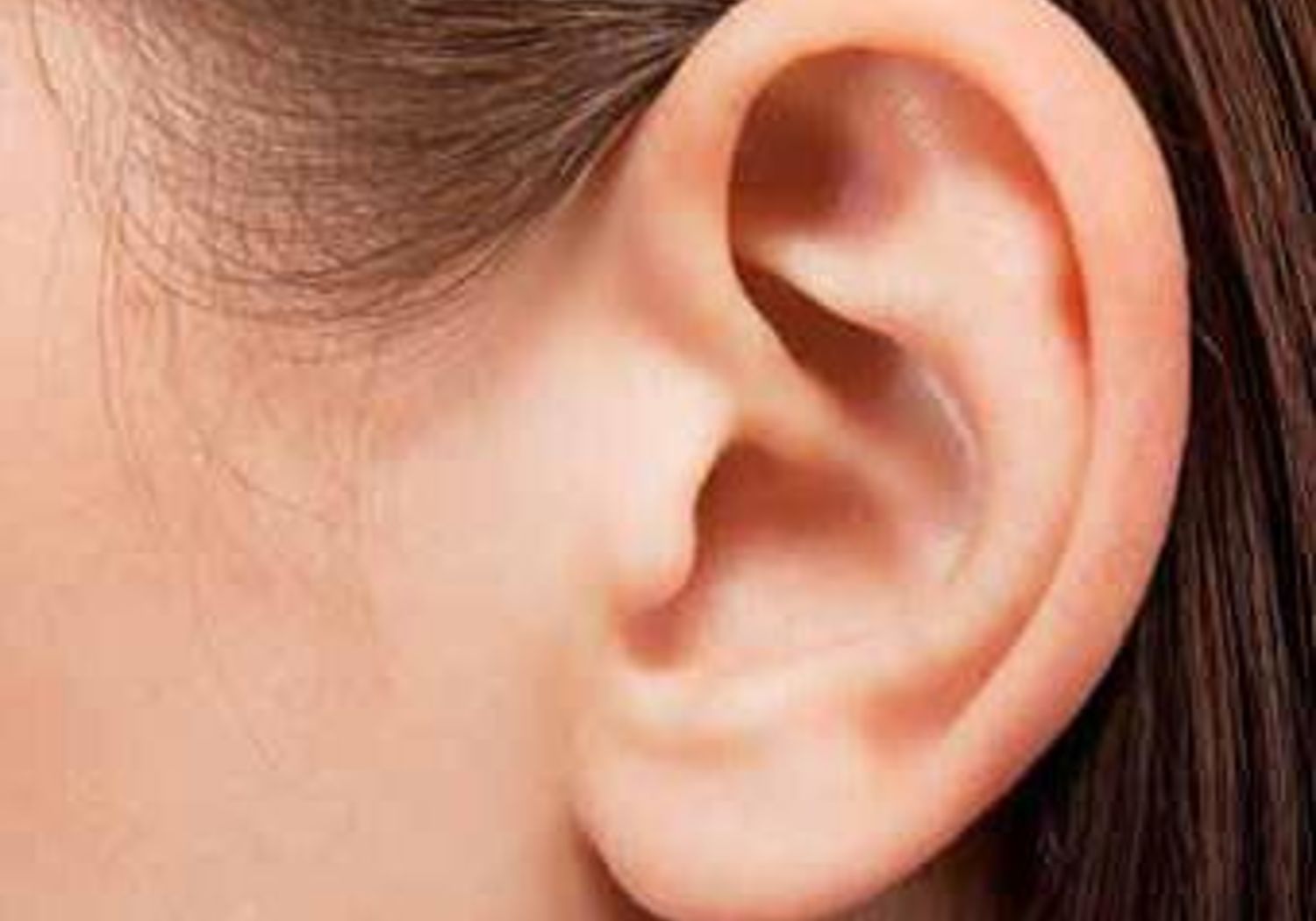Metrology for a universal ear simulator and the perception of non-audible sound
Short Name: Ears, Project Number: HLT01
Protecting human hearing: Preventing excessive noise exposure
Accurate understanding and assessment of human hearing is essential to both diagnosing hearing problems and protecting human health. The EMRP project HLT01 Metrology for a universal ear simulator and the perception of non-audible sound addressed two separate aspects of human hearing. Firstly, improving the accuracy of the hearing assessments of new born babies and young children through the development of new ear simulators specifically matched to their smaller ear sizes. This will enable earlier identification and resolution of hearing problems. Secondly, developing a better understanding of the physiological responses to the potentially hazardous infrasound (low frequency) or ultrasound (high frequency) which lie outside audible limits.
The project:
- Developed a family of prototype ear simulators for new born babies and small children including validation of the complete design process and calibration procedures for their use.
- Demonstrated that Magnetoencephalogphy (MEG) and functional magnetic resonance imaging (fMRI) can identify the deep areas of the brain that respond to infrasound and airborne ultrasound stimuli and are therefore suitable tools to develop an understanding of these potential hazards.
- Established the world’s first primary airborne sound pressure measurement standards for up to 160 kHz, enabling ultrasound fields to be reliably quantified for the first time.
- Developed a laboratory protocol for measuring airborne ultrasound sources which can potentially be used to evaluate the ultrasonic fields generated by equipment, and ensure its safe operation.
- Led to the formation of a UK action group on the Health Effects of Ultrasound in Air (HEFUA) to raise awareness of the health hazard posed by airborne ultrasound.
The prototype ear simulators, specifically designed for calibrating hearing assessments of new born babies and young children, were trialled by instrument testing labs operating in this field and shown to be suitable for practical use. An ISO standard is being developed to define the calibration procedure based on these new simulators. This will ensure the adoption of the procedure by hospitals and support improved hearing assessments. Industrial processes or technologies can emit infrasound or airborne ultrasound and concerns exist about whether this non-audible sound presents a hazard to hearing or health. The project demonstrated that the brain does respond to stimuli from both infra- and ultra-sound, and that measurements of ultra-sound fields in the vicinity of emission sources are possible. Determining ultra-sound field strengths with greater accuracy forms the basis for further investigations into safe worker exposure limits.
EMPIR project 15HLT03 Ears II builds on this work.
Biomedical Engineering / Biomedizinische Technik
Biomedical Engineering / Biomedizinische Technik
The Journal of the Acoustical Society of America
AIP Citation
Euronoise 2015
Proceedings of International Conference on Sound and Vibration (ICSV22)
Proccedings of the ISMRM 2015 - International Society for Magnetic Resonance in Medicine
Proceedings of the 22nd International Congress on Sound and Vibration, Florence, Italy, from 12 to 16 July 2015
Biomedizinische Technik
Seminars in Hearing
J Acoust Soc Am
InterNoise 2013
Proceedings of the 20th International Congress on Sound and Vibration 2013 (ICSV20)
Biomedical Engineering / Biomedizinische Technik
